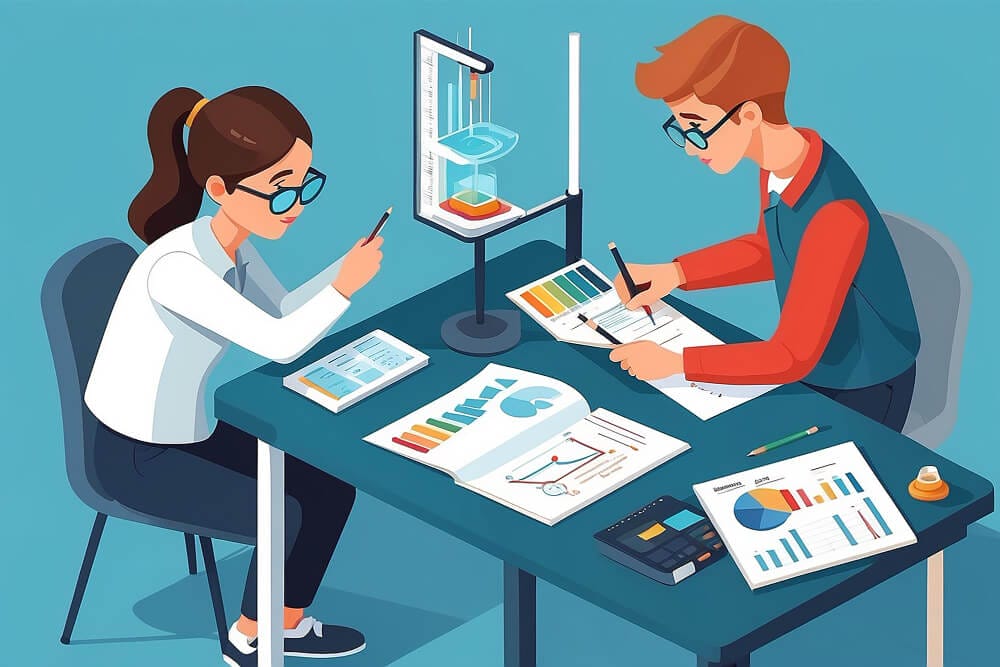In the fast-paced world of forex trading, stress testing is an invaluable tool for ensuring your strategies can withstand market volatility. But what exactly is stress testing, and how can it help you become a more successful trader? In this comprehensive guide, we’ll explore the ins and outs of stress testing, providing you with practical advice and insights to enhance your trading performance.
1. What is Stress Testing in Forex Trading?
Understanding the Basics
Stress testing, in the context of forex trading, involves running simulations to evaluate how your trading strategies would perform under extreme market conditions. It’s akin to taking your car for a spin on a rough terrain to see if it can handle the bumps. By doing this, traders can identify potential weaknesses and make necessary adjustments to safeguard their investments.
Why It’s Crucial
The forex market is notoriously volatile, and unforeseen events can cause massive swings in currency values. Stress testing helps traders anticipate and prepare for such scenarios, reducing the risk of significant losses. Think of it as a financial safety net that ensures you’re not caught off guard by sudden market shifts.
2. The Importance of Stress Testing
Risk Management
Effective risk management is the cornerstone of successful trading. Stress testing allows traders to measure their risk exposure and adjust their strategies accordingly. By identifying potential pitfalls, traders can set more accurate stop-loss orders and position sizes to protect their capital.
Building Confidence
Knowing that your trading strategy has been rigorously tested under various conditions can boost your confidence. It’s like having a battle-tested plan that you know will hold up even when the going gets tough. This confidence can be crucial in making calculated decisions rather than emotional ones.
3. Types of Stress Testing
Historical Stress Testing
This involves using historical data to simulate how your trading strategy would have performed during past market crises. By analyzing past events like the 2008 financial crisis or Brexit, traders can gain insights into how similar future events might impact their trades.
Hypothetical Stress Testing
In hypothetical stress testing, traders create scenarios based on potential future events that could disrupt the market. This might include geopolitical tensions, economic downturns, or natural disasters. By considering these possibilities, traders can prepare for the unexpected.
4. How to Conduct a Stress Test
Selecting the Right Software
Choosing the right stress testing software is crucial. Look for tools that offer comprehensive data analysis, customizable scenarios, and user-friendly interfaces. Popular options include MetaTrader 4 and 5, as well as specialized risk management platforms like RiskMetrics and StressTester.
Setting Parameters
Define the parameters for your stress test, such as the time frame, currency pairs, and specific market conditions you want to simulate. This will help you create realistic scenarios that provide meaningful insights into your strategy’s performance.
5. Analyzing Stress Test Results
Interpreting Data
Once you’ve run your stress test, it’s time to analyze the results. Look for patterns and trends that might indicate weaknesses in your strategy. Pay attention to metrics like drawdown, profit and loss, and risk-reward ratios.
Making Adjustments
Based on your analysis, make the necessary adjustments to your trading strategy. This might involve tweaking your stop-loss levels, adjusting position sizes, or re-evaluating your choice of currency pairs. The goal is to reinforce your strategy’s resilience against future market shocks.
6. Common Stress Testing Scenarios
Market Crashes
Simulate scenarios where major currency pairs experience sharp declines due to market crashes. This will help you understand how your strategy performs under extreme selling pressure and identify ways to mitigate potential losses.
Interest Rate Changes
Interest rate decisions by central banks can have a significant impact on currency values. By simulating scenarios where interest rates rise or fall unexpectedly, you can assess how your strategy handles these changes and adjust your positions accordingly.
7. Stress Testing for Different Trading Styles
Day Trading
For day traders, stress testing should focus on short-term market fluctuations and high-frequency trading scenarios. Simulate rapid price movements and high volatility to see how your strategy holds up during intense trading sessions.
Swing Trading
Swing traders, on the other hand, should focus on medium-term market trends and overnight risk. Simulate scenarios where markets gap up or down overnight, and assess how your strategy handles these situations.
8. Benefits of Regular Stress Testing
Continuous Improvement
Regular stress testing allows you to continuously refine and improve your trading strategy. By staying ahead of potential market changes, you can adapt your approach and stay competitive in the ever-evolving forex market.
Enhanced Risk Management
Frequent stress testing helps you stay on top of your risk management strategies. By regularly evaluating your risk exposure, you can make timely adjustments to protect your capital and maintain a healthy risk-reward balance.
9. Challenges and Limitations
Data Limitations
One of the main challenges of stress testing is the availability and quality of historical data. Inaccurate or incomplete data can lead to misleading results, so it’s essential to use reliable sources and validate your data before running stress tests.
Unpredictable Events
While stress testing can help you prepare for many scenarios, it’s impossible to predict every possible market event. Black swan events, which are rare and unpredictable, can still catch traders off guard despite rigorous stress testing.
10. Advanced Stress Testing Techniques
Monte Carlo Simulation
Monte Carlo simulation is a statistical technique that uses random sampling to model the probability of different outcomes. By running thousands of simulations, traders can gain a deeper understanding of their strategy’s potential performance under various conditions.
Value at Risk (VaR) Analysis
Value at Risk (VaR) analysis measures the potential loss in value of a portfolio over a specific time frame, given normal market conditions. By incorporating VaR into your stress testing, you can quantify your risk exposure and make more informed trading decisions.
11. Tools and Resources for Stress Testing
Software Solutions
Numerous software solutions are available for stress testing, each with its own features and capabilities. Popular options include MetaTrader, TradeStation, and specialized risk management platforms like RiskMetrics and StressTester.
Educational Resources
To enhance your stress testing skills, take advantage of educational resources like online courses, webinars, and articles. Websites like Investopedia, Babypips, and Forex Factory offer valuable information and tutorials on stress testing and risk management.
12. Real-Life Case Studies
Case Study 1: The 2008 Financial Crisis
During the 2008 financial crisis, many traders experienced significant losses due to market volatility. By analyzing how different strategies performed during this period, traders can gain insights into the importance of stress testing and the effectiveness of various risk management techniques.
Case Study 2: Brexit
The Brexit referendum in 2016 caused significant fluctuations in the forex market, particularly for the GBP/USD pair. By simulating similar geopolitical events, traders can better understand the impact of political uncertainty on their strategies and make more informed decisions.
Conclusion
Stress testing is an essential tool for forex traders, helping to identify potential weaknesses and improve risk management strategies. By understanding the importance of stress testing, learning how to conduct and analyze stress tests, and regularly refining your approach, you can enhance your trading performance and navigate the volatile forex market with greater confidence.
FAQs
1. What is the main purpose of stress testing in forex trading?
Stress testing helps traders evaluate how their strategies would perform under extreme market conditions, allowing them to identify potential weaknesses and make necessary adjustments to protect their investments.
2. How often should I conduct stress tests on my trading strategy?
It’s recommended to conduct stress tests regularly, such as quarterly or after significant market events, to continuously refine and improve your trading strategy.
3. Can stress testing predict all possible market scenarios?
While stress testing can help prepare for many scenarios, it’s impossible to predict every possible market event, especially rare and unpredictable black swan events.
4. What are some common tools for stress testing in forex trading?
Popular tools for stress testing include MetaTrader, TradeStation, RiskMetrics, and StressTester. These platforms offer comprehensive data analysis and customizable scenarios for effective stress testing.
5. How does stress testing improve risk management?
Stress testing allows traders to measure their risk exposure, set more accurate stop-loss orders and position sizes, and adjust their strategies to protect their capital under various market conditions.












